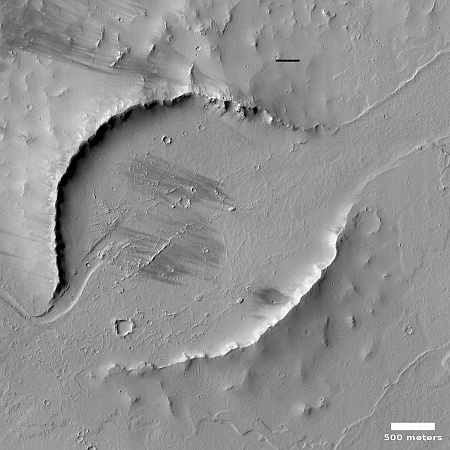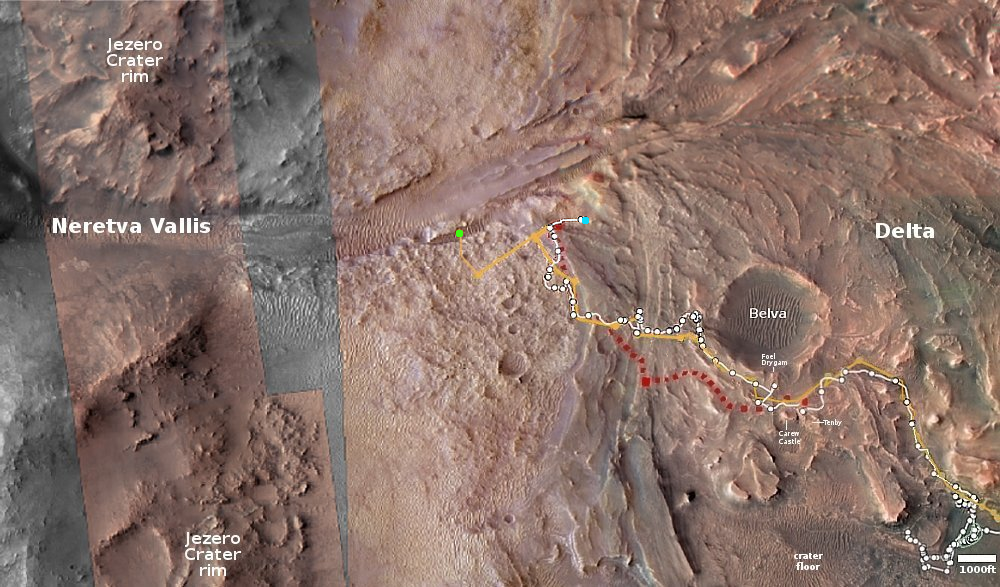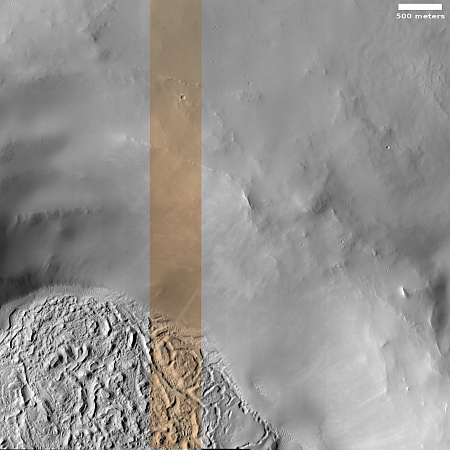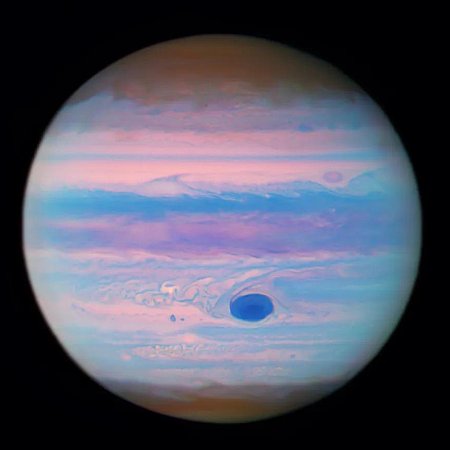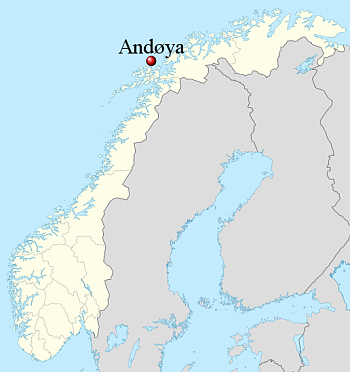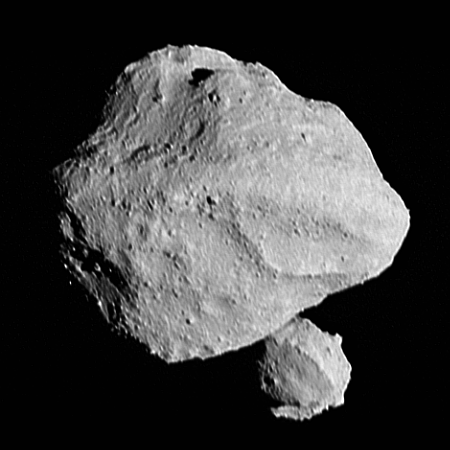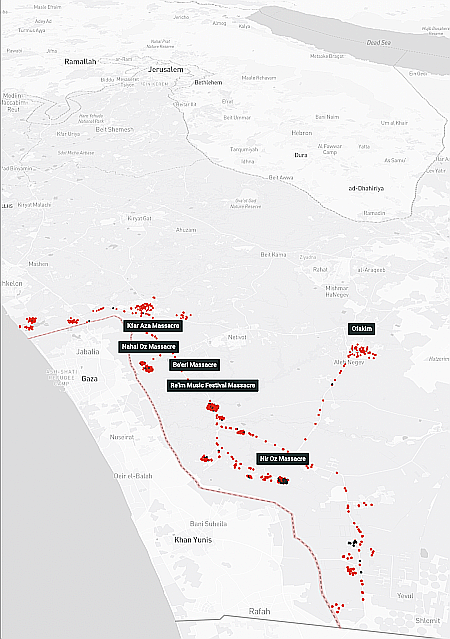ESA commits to a zero space junk policy
The European Space Agency (ESA) announced yesterday that it is now commited to a zero space junk policy, and has established its own standards for the end-of-life disposal of all orbiting spacecraft, to be included during the design and construction.
The policy also requires collision avoidance systems as well as engineering designed to reduce light pollution that harms ground-based astronomy.
The European Space Agency (ESA) announced yesterday that it is now commited to a zero space junk policy, and has established its own standards for the end-of-life disposal of all orbiting spacecraft, to be included during the design and construction.
The policy also requires collision avoidance systems as well as engineering designed to reduce light pollution that harms ground-based astronomy.




